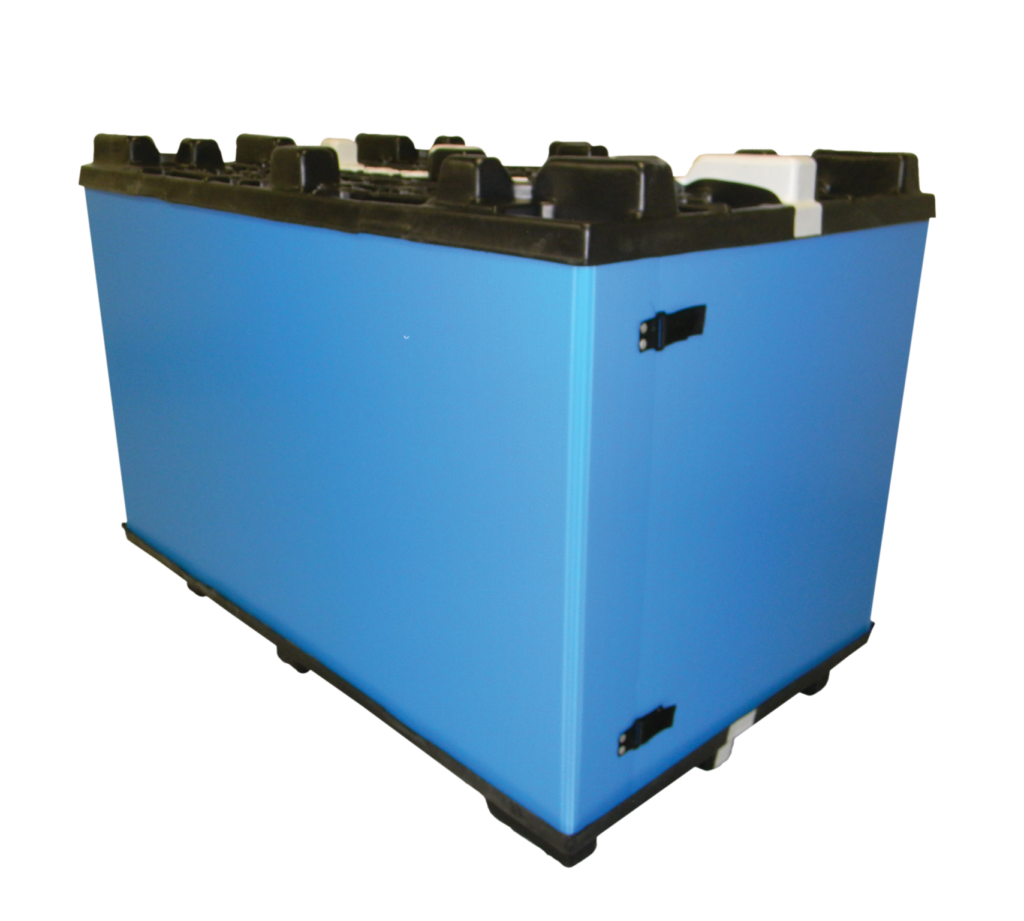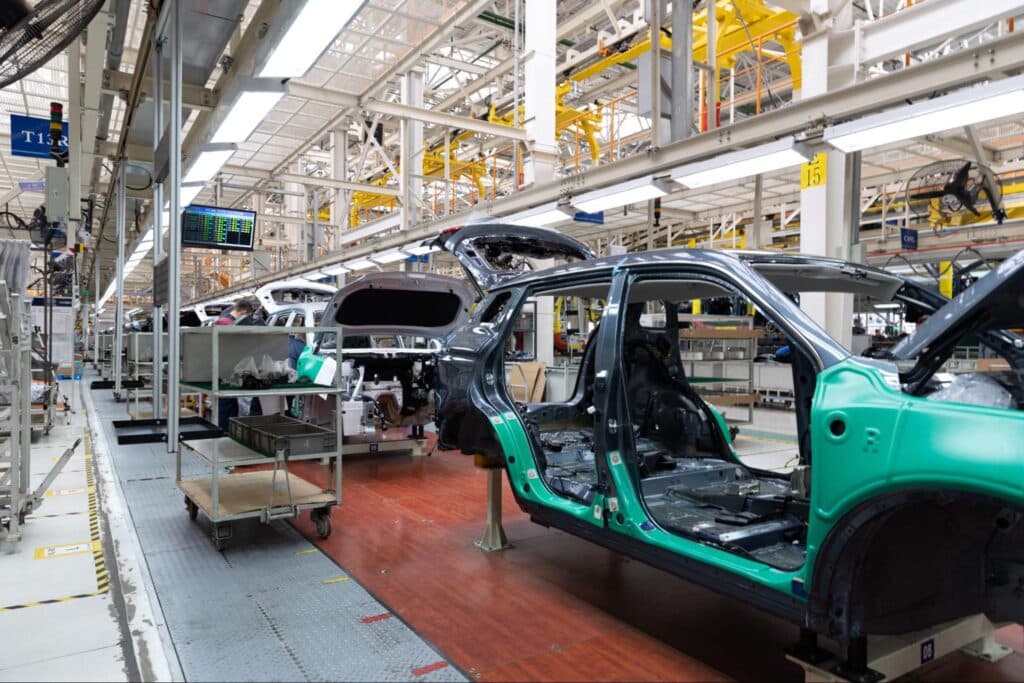In the fast-paced and multifaceted world of automotive manufacturing, efficiency is paramount. Thousands of individual components must come together seamlessly—from the smallest screw to the largest engine subsystem—to produce vehicles that meet demanding consumer expectations. This intricate process involves coordination among suppliers, manufacturers, logistics experts, and distribution networks, all working under tight deadlines to ensure quality and consistency. Achieving precision, speed, and cost-effectiveness in such a complex framework remains a formidable challenge.
Kitting and sequencing solutions have proven to be indispensable tools for optimizing logistics and streamlining production in the automotive industry. By organizing and delivering the right parts at the right time and in the proper sequence, these strategies reduce errors, eliminate waste, and enhance operational workflows. Whether transporting components to storage facilities, assembly lines, or distribution centers, these methods help ensure parts are safeguarded and handle processes efficiently. Kitting solutions and sequencing solutions are now central to modern manufacturing environments.
This article explores how these solutions are reshaping automotive logistics, helping solve common challenges while contributing to cost reduction and operational improvements. We will also examine the role of customizable packaging in maximizing the potential of these methods and discuss how innovative packaging approaches can drive success for automotive manufacturers. Through expert insights and practical examples, we illustrate why integrated logistics strategies—combined with tools like Just-in-Time (JIT) Manufacturing—are vital for staying competitive in today’s automotive landscape.
Understanding the Automotive Supply Chain
The modern automotive supply chain operates as a highly synchronized network involving suppliers, manufacturers, logistics partners, and distribution centers. Its goal is to deliver the right components to the right location exactly when they are needed—all while keeping costs low and maintaining high quality standards. Key characteristics of this intricate system include:
- High-Volume Production: Automotive manufacturing requires large-scale production, where millions of parts are needed annually. Each vehicle model demands thousands of individual components, all of which must be accurately tracked and managed.
- Global Sourcing: Manufacturers often source parts worldwide. Components may travel thousands of miles, passing through multiple supply chain stages before reaching the final assembly line. Embracing effective global sourcing strategies helps streamline this process.
- Just-in-Time (JIT) Manufacturing: To optimize efficiency and reduce on-site inventory, automotive companies use JIT strategies, receiving parts in line with production schedules to lower storage needs and avoid overstock.
- Time-Sensitive Operations: Delays in delivering critical components can halt production lines, resulting in costly downtime and missed deadlines across the supply chain.
As vehicle designs become more complex—featuring advanced electronics and novel lightweight materials—the automotive supply chain faces increasing pressure to maintain both speed and precision. Manufacturers and suppliers must coordinate meticulously to ensure that components are handled, stored, and shipped properly to meet production requirements and customer demand.
The Challenges of Parts Management
Managing the sheer volume and diversity of automotive parts is a significant challenge. A single vehicle is composed of numerous subassemblies, including engine systems, electronics, and interior trim, each with strict quality and performance standards. The volatility of market demand further complicates parts management, forcing manufacturers to carefully balance inventory levels to avoid shortages or excess stock. Additionally, protecting sensitive components is critical. For instance, kitting often incorporates protective packaging elements—such as foam inserts or custom compartments—to safeguard parts during transit or storage.
The Impact of an Efficient Supply Chain
An efficient supply chain drives more than just operational speed—it also reduces costs, enhances product quality, and strengthens partnerships across the production network. Seamless communication, robust collaboration, and proactive planning among stakeholders (including engineering teams, procurement managers, and logistics providers) are essential for minimizing disruptions and meeting production goals. A well-executed supply chain not only promotes smoother operational workflows but also empowers manufacturers to achieve long-term competitiveness through enhanced operational efficiency and improved supply chain performance.
Key Challenges Addressed by Kitting and Sequencing
In an industry where precision and efficiency are critical, the automotive supply chain faces several challenges. From managing a vast inventory of components to ensuring timely deliveries, kitting and sequencing provide structured methods for overcoming these obstacles. Here are the key challenges they help address:
1. Simplifying Inventory Management
Tracking thousands of components across multiple production stages can be overwhelming. Grouping related parts into ready-to-use kits and sequencing them in the required order streamline complexity. These methods reduce inventory management hurdles, ensuring that necessary components are available when and where they’re needed.
2. Reducing Errors and Waste
Mistakes in part identification or delivery can disrupt production and lead to significant waste. Organizing components into kits and sequencing them logically minimizes human error, prevents rework, and reduces material waste. Such strategies contribute to a smoother transition throughout the production line.
3. Protecting Valuable Components
High-value and delicate parts, such as electronic modules or polished trim pieces, are vulnerable to damage. By incorporating measures like protective packaging elements, manufacturers can ensure that these components are shielded during shipping and handling.
4. Ensuring On-Time Deliveries
Delays in part delivery can halt production lines and cause missed targets. By bundling components into kits and aligning deliveries with production schedules, manufacturers can meet just-in-time requirements and maintain a continuous component flow.
5. Streamlining Logistics and Transportation
Logistical challenges, such as limited transport capacity and shipping errors, complicate the automotive supply chain. Consolidating parts into organized kits or containers leads to structured shipments and cost savings, optimizing overall logistics efficiency.
The Role of Kitting and Sequencing in Automotive Logistics
Kitting and sequencing are essential methods for boosting efficiency and reducing errors. In kitting, all parts required for a specific task are bundled together. For example, workers assembling car doors might receive a kit with fasteners, brackets, wiring, and trim parts, significantly cutting down search time on the production floor. Meanwhile, sequencing guarantees that parts arrive in the precise order they are needed, aligning with production timelines and supporting Just-in-Time (JIT) Manufacturing principles.
Innovative packaging solutions further support these processes. Beyond merely grouping parts, manufacturers now utilize tailored packaging that combines custom packaging inserts with other advanced features to expedite assembly and reduce error rates. This integration of intelligent packaging and assembly technologies strengthens the supply chain from start to finish.
Supporting Efficiency Through Packaging Innovation
Customizable packaging plays a significant role in enhancing kitting and sequencing operations. Tailored solutions do more than protect parts during transit—they also ensure that components are presented in an orderly fashion, the essence of an effective kit. Universal Package specializes in designing and producing:
- Kitting Totes for Automotive: Reusable containers that allow for logical organization and quick identification of parts. These totes help reduce errors on the assembly line and support better inventory control.
- Custom Dunnage for Automotive: Engineered inserts and supports that safeguard materials from damage during transportation. By fitting the precise dimensions of each component, custom dunnage prevents movement and abrasion.
These specialized products directly address common challenges such as part protection, transportation efficiency, and streamlined inventory management. Automotive manufacturers benefit from faster installation, minimized downtime due to part damage, and reduced packaging waste. By pairing advanced packaging with strategic planning, manufacturers can ensure that every part—from the smallest fastener to the most complex module—arrives intact and on schedule.
Revolutionizing Automotive Logistics with Integrated Solutions
Kitting and sequencing solutions are revolutionizing the automotive supply chain by ensuring that the right components reach the right place at the right time. These strategies reduce errors, eliminate waste, and drive faster production cycles. Coupled with innovative packaging and robust processes, automotive manufacturers are better equipped to face market challenges and maintain a competitive edge. Moreover, as companies invest in enhanced technologies and smarter supply chain practices, collaboration among logistics experts and industry partners becomes key to staying ahead of demands.
To explore how Universal Package’s specialized solutions can support your automotive operations, contact our team or explore our custom packaging options.



